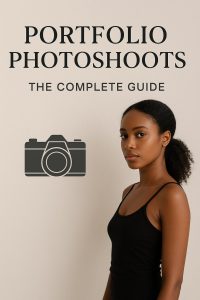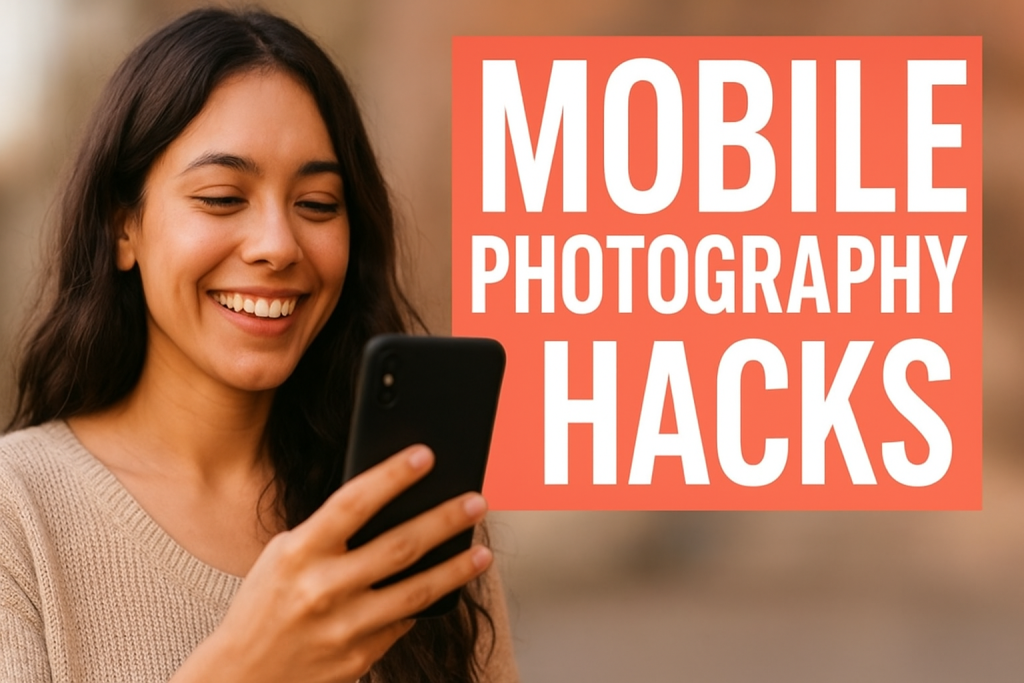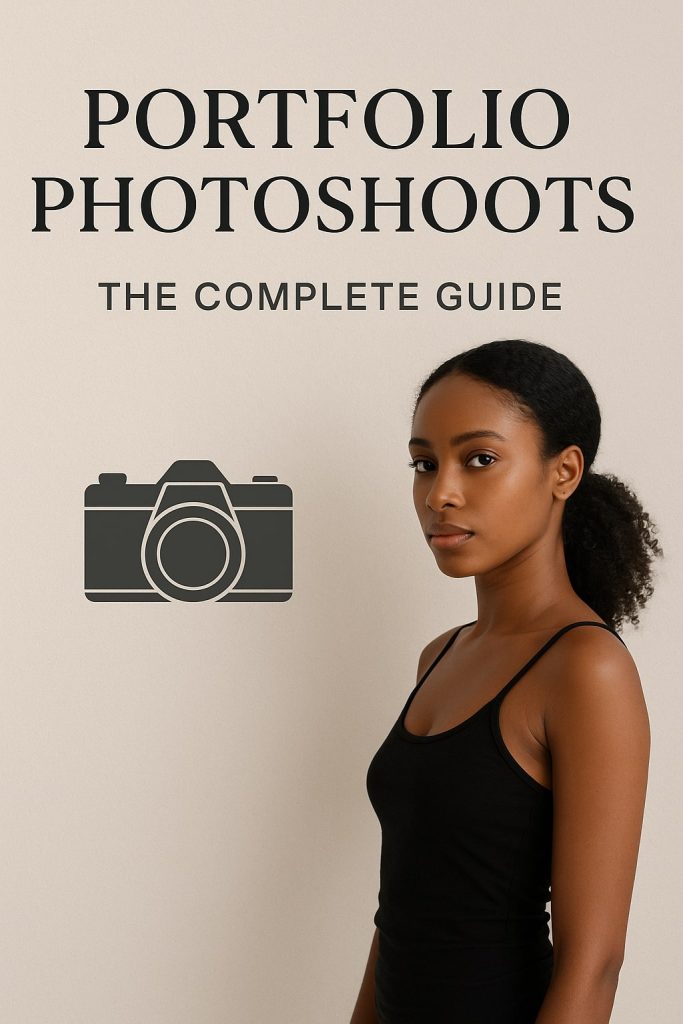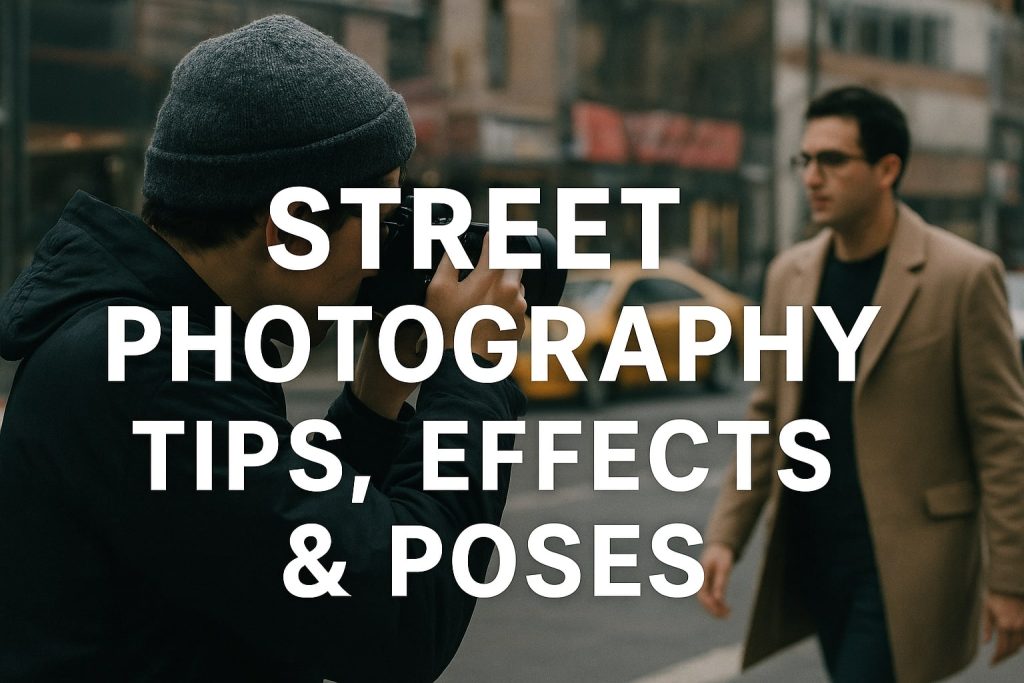Candid travel photography is about capturing the essence of a place, its people, and their daily lives without staged poses. It brings authenticity and storytelling to images, making them more impactful and emotionally engaging. However, photographing people and cultures requires sensitivity, awareness, and skill. Whether you’re a seasoned photographer or just starting, understanding the dos and don’ts of candid travel photography will help you take more genuine, meaningful, and ethical shots.
Why Candid Travel Photography Matters
1. Capturing Authenticity
Candid travel photography preserves genuine expressions, interactions, and emotions that make images more immersive. Unlike posed photos, candid shots reflect natural human behavior, allowing viewers to connect with the subject on a deeper level.
2. Storytelling Through Images
A single candid photograph can narrate an entire story—whether it’s a street vendor carefully preparing a dish, children joyfully playing in an alley, or an elder sharing a moment of contemplation. The emotional impact of such images makes them more memorable and engaging.
3. Preserving Cultural Moments
Photography serves as a visual record of different cultures, traditions, and daily life. By capturing candid moments, photographers contribute to the preservation of diverse human experiences, ensuring they are remembered and appreciated for generations to come.
The Dos of Candid Travel Photography
1. Research Before You Shoot
- Before visiting a new location, research its customs, traditions, and cultural sensitivities. Understanding what is considered respectful or offensive can help you avoid mistakes and foster positive interactions with locals.
- Learn about local photography laws. Some countries have strict regulations regarding photography, particularly when it involves capturing images of people, religious sites, or government buildings.
- Identify the best times and places for candid photography. Early mornings and evenings often provide the best lighting and a quieter atmosphere, while markets and public squares are great for capturing bustling human interactions.
2. Blend Into Your Surroundings
- The more inconspicuous you are, the more authentic your shots will be. Wearing neutral-colored clothing and avoiding flashy accessories helps you blend in and reduces the chances of drawing unwanted attention.
- Use a small, discreet camera or a smartphone with a high-quality camera. Large DSLRs with bulky lenses can make people feel self-conscious and may disrupt the candid nature of a moment.
- Spend time in one location before taking photos. By observing your surroundings and familiarizing yourself with the environment, you can anticipate interesting moments and capture them naturally.
3. Be Patient and Observant
- Great candid shots require patience. Instead of rushing to take a photo, wait for the perfect moment when the subject’s emotions, expressions, and actions align.
- Observe people’s behavior to predict when a significant moment is about to unfold. Whether it’s a heartfelt conversation between friends or a child’s reaction to something exciting, being prepared will help you capture more meaningful images.
- Take multiple shots in quick succession. This technique, known as burst mode, increases the likelihood of getting the perfect expression or gesture in a fleeting moment.
4. Use the Right Camera Settings
- A fast shutter speed (1/250s or higher) helps freeze movement, ensuring your subjects remain sharp even in dynamic environments.
- A wide aperture (low f-number) creates a shallow depth of field, blurring the background and emphasizing the subject.
- Adjust your ISO based on the lighting conditions. In low-light environments, increasing the ISO will help maintain image clarity, but be cautious of excessive noise.
5. Respect Personal Space
- It’s essential to be mindful of how close you get to your subjects. Intruding on someone’s personal space can make them uncomfortable or even cause distress.
- If you need to take a closer shot, consider using a telephoto lens. This allows you to capture detailed emotions and expressions without being invasive.
- Avoid being aggressive or overly persistent. If someone signals that they don’t want their picture taken, respect their wishes and move on.
6. Capture Emotion and Context
- Expressions, body language, and interactions are key elements in candid photography. Focus on moments that convey genuine emotions such as joy, surprise, sadness, or curiosity.
- Context is equally important. Instead of just photographing faces, include background elements that provide a sense of place and environment.
- Silhouettes, reflections, and shadows can also add depth to an image, making it visually compelling.
7. Interact When Appropriate
- Sometimes, engaging with your subjects can lead to better, more natural photographs. A simple greeting or a smile can create a sense of trust and comfort.
- If someone notices you taking their photo and asks about it, be open and honest. Offering to show them the image can create a positive interaction.
- In some cases, people may appreciate receiving a copy of their photo. If possible, exchange contact information or use instant printing technology to share prints on the spot.
The Don’ts of Candid Travel Photography
1. Don’t Invade Privacy
- Always consider how your subject might feel about being photographed. Avoid capturing people in vulnerable situations, such as moments of grief or distress, without consent.
- Be extra cautious when photographing children and families. In many cultures, photographing minors without permission is frowned upon and may even be illegal.
- Never disregard ‘No Photography’ signs, especially in religious or sacred sites.
2. Don’t Overuse Telephoto Lenses
- While telephoto lenses are useful for maintaining distance, relying on them too much can make your images feel detached and impersonal.
- Aim for a balance between close-ups and wider shots that include the surroundings, providing better storytelling.
3. Don’t Disrupt the Moment
- Avoid being intrusive. If your presence alters the way people behave, the authenticity of the candid moment is lost.
- Let events unfold naturally instead of trying to direct or manipulate the scene.
4. Don’t Ignore Ethics and Cultural Sensitivity
- Some situations require a higher level of ethical consideration. Ask yourself whether the photo you’re taking respects the dignity of the subject.
- Avoid exploiting poverty or hardship for the sake of creating a dramatic image.
5. Don’t Over-Edit Your Photos
- Keep post-processing subtle. Excessive color manipulation, sharpening, or adding artificial filters can take away from the natural look of candid travel photography.
Conclusion
Candid travel photography is an art that requires patience, skill, and cultural awareness. By following these dos and don’ts, you can capture authentic, meaningful moments while respecting the people and places you photograph. The best travel photos aren’t just visually stunning—they tell stories, preserve culture, and evoke emotions that resonate with viewers.
Do you have any favorite candid photography techniques? Share them in the comments below!
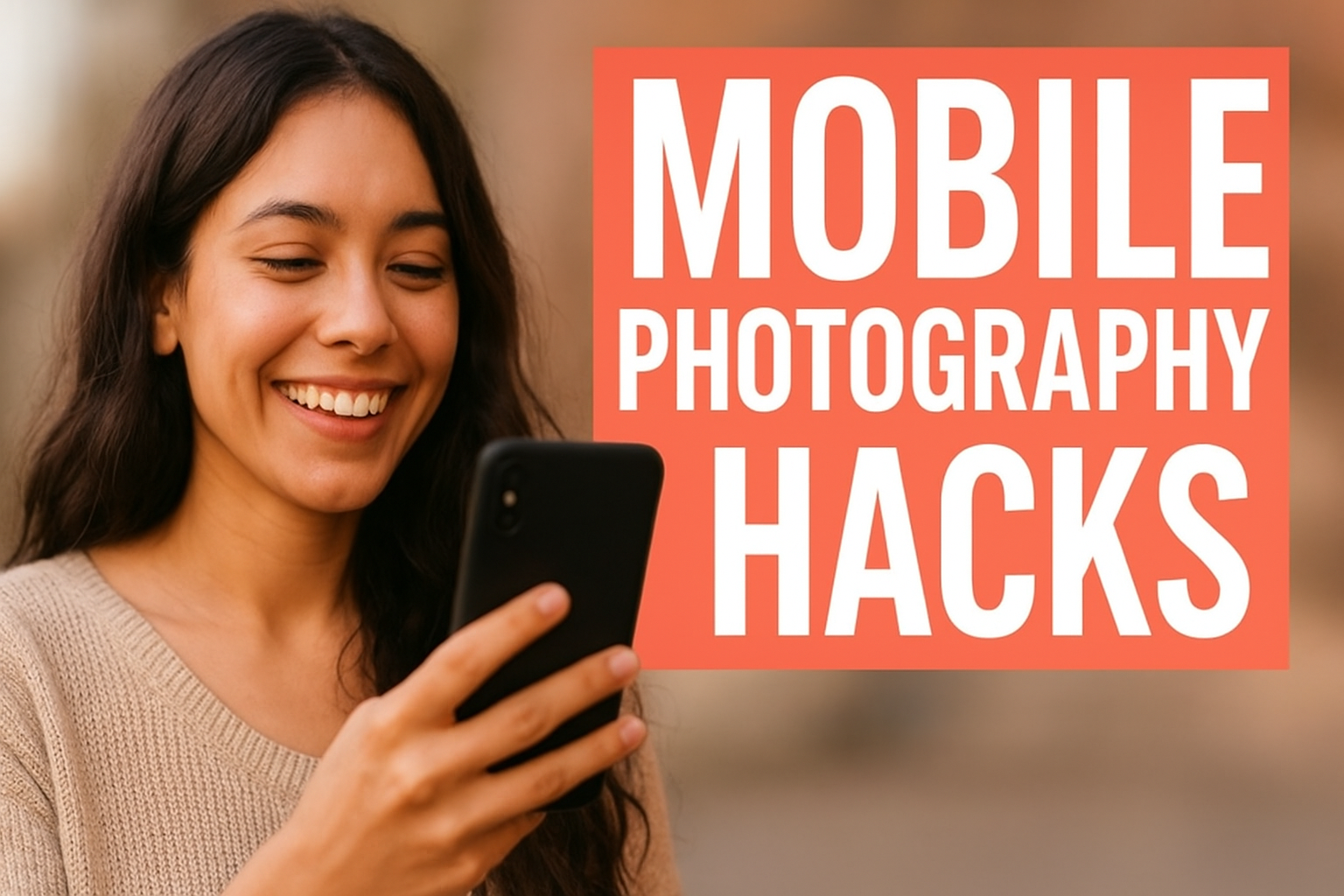
Mobile Photography Hacks: Candid Moments with Your Phone
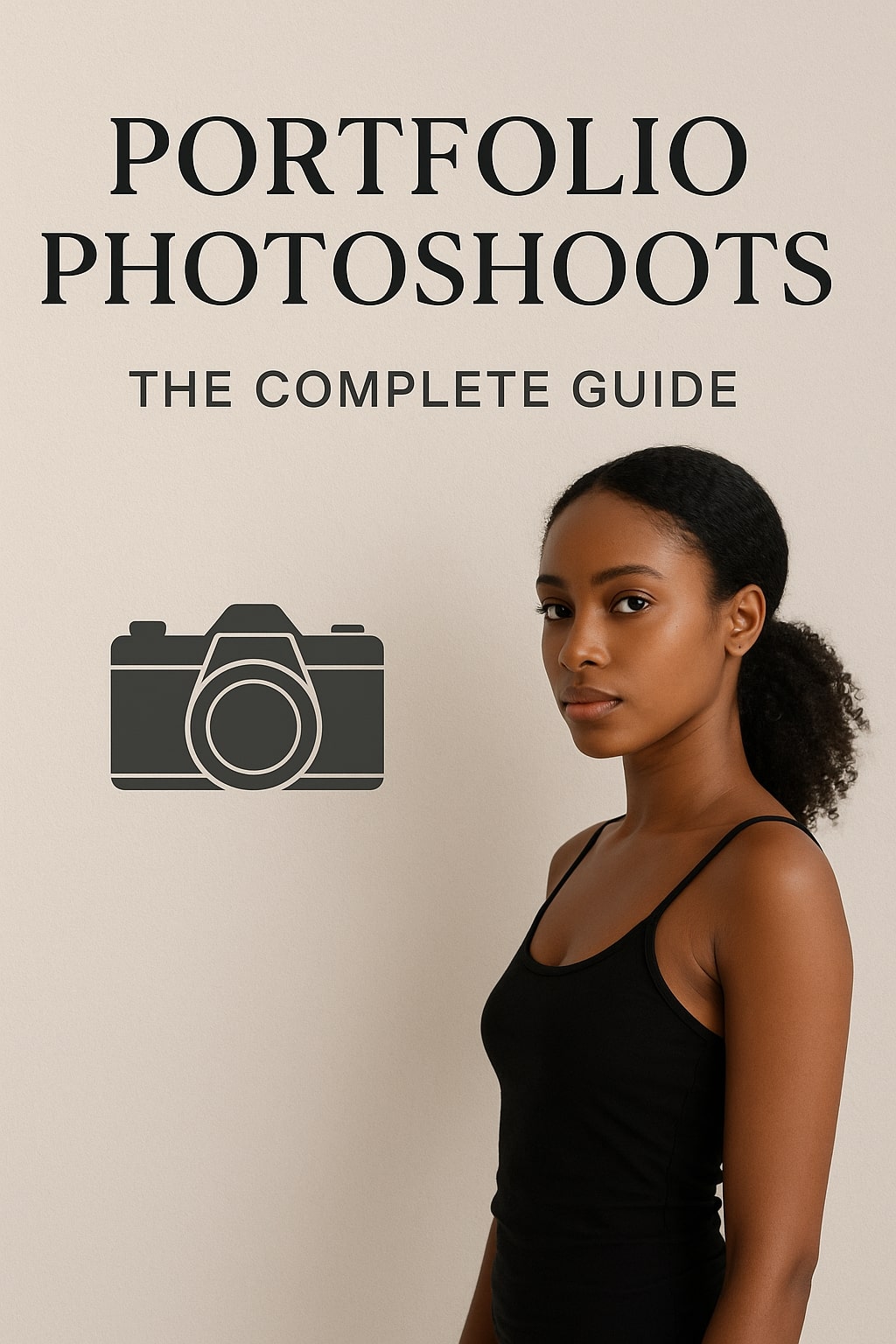
Professional Model & Portfolio Photoshoots: Show Your Best Work
-
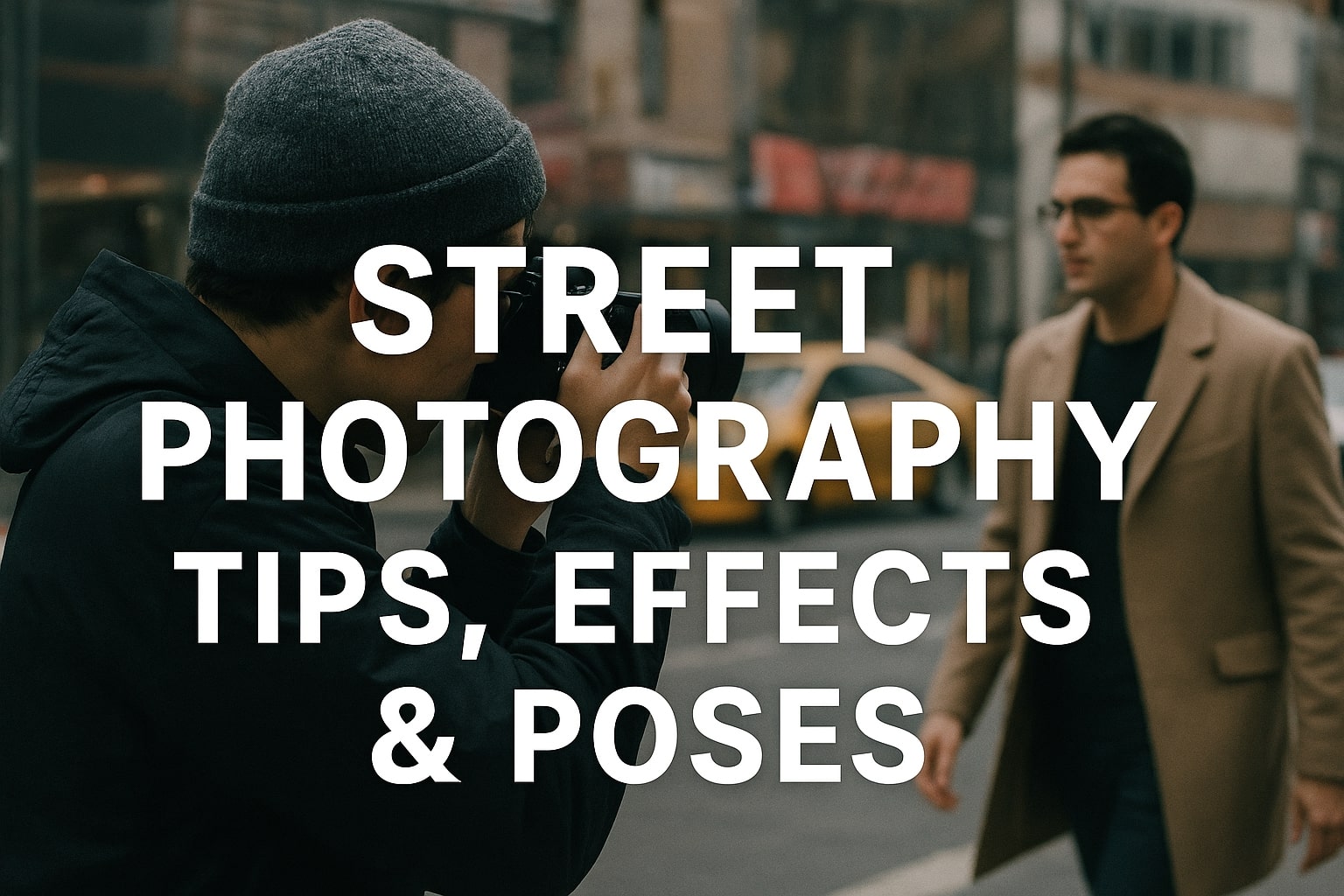
Street Photography Tips, Effects & Poses – Complete Guide
-
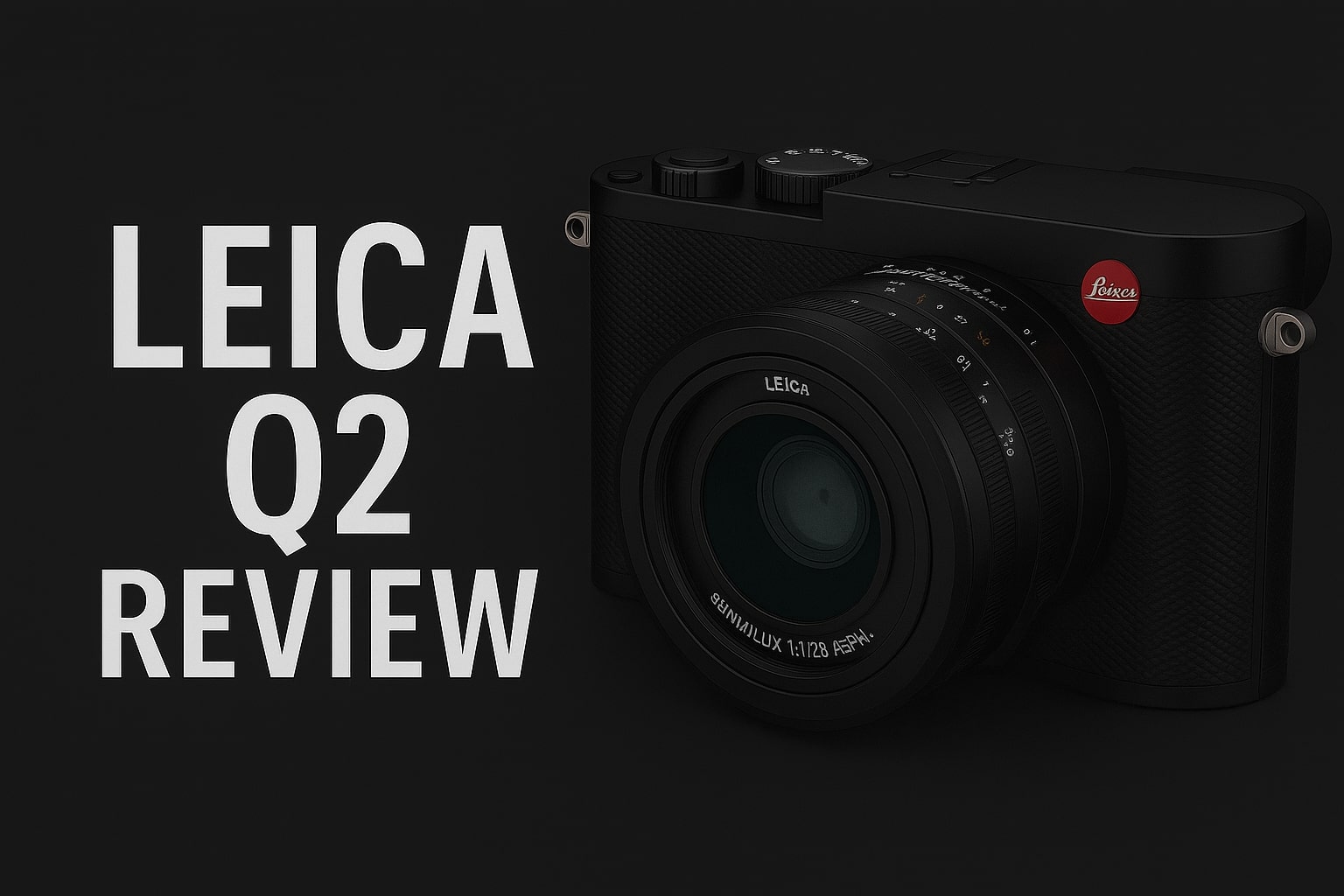
Leica Q2 for Photography: Why It’s Loved by Photographers
Mobile Photography Hacks: Candid Moments with Your Phone
Discover high-impact mobile photography hacks to capture genuine, gorgeous candid moments with your phone. Learn practical tips, composition secrets, and pro techniques to turn everyday scenes into stunning visual stories. Introduction: The New Age of Mobile Photography Photography has evolved beyond heavy cameras, technical jargon, and expensive equipment. Today, the power to capture extraordinary moments
Professional Model & Portfolio Photoshoots: Show Your Best Work
” Discover how to plan, style, and execute stunning portfolio photoshoots that showcase your skills, personality, and versatility. This comprehensive guide covers professional tips, posing ideas, gear suggestions, and industry insights for models and photographers.” Introduction – Why Portfolio Photoshoots Are the Cornerstone of a Photographer’s Career A well-crafted portfolio photoshoot is more than a
Street Photography Tips, Effects & Poses – Complete Guide
Discover the ultimate guide to Street Photography with expert tips, creative effects, and dynamic poses. Learn how to capture authentic urban moments, master composition, and tell powerful visual stories through your lens. Article Outline 1. Introduction to Street Photography Street Photography is more than just taking pictures of people in public spaces — it’s about
Leica Q2 for Photography: Why It’s Loved by Photographers
Introduction: The Cult Status of the Leica Q2 The Leica Q2 is not just a camera—it’s a statement. Combining the heritage of German precision engineering with modern digital excellence, it holds a special place in the hearts of professional and passionate photographers alike. With its full-frame sensor, prime Summilux lens, and minimalist design, the Q2
Top Cameras Under ₹1 Lakh for Freelance Photography
Freelance photography is no longer a niche—it’s a booming creative profession that demands not only vision and hustle but also the right gear. Your camera isn’t just a tool; it’s your storytelling partner. If you’re a freelance photographer aiming to balance performance, versatility, and budget, investing in a cameras under ₹1 lakh can offer the
Top Features of Nikon D850 That Make It Ideal for Photoshoots
Explore the top features of the Nikon D850 that make it a powerhouse for photoshoots. From exceptional resolution to dynamic range, this detailed Nikon D850 guide is built for professional and aspiring photographers. 1. Introduction When Nikon launched the D850, it quickly earned a reputation as a flagship DSLR that redefined what photographers could expect


